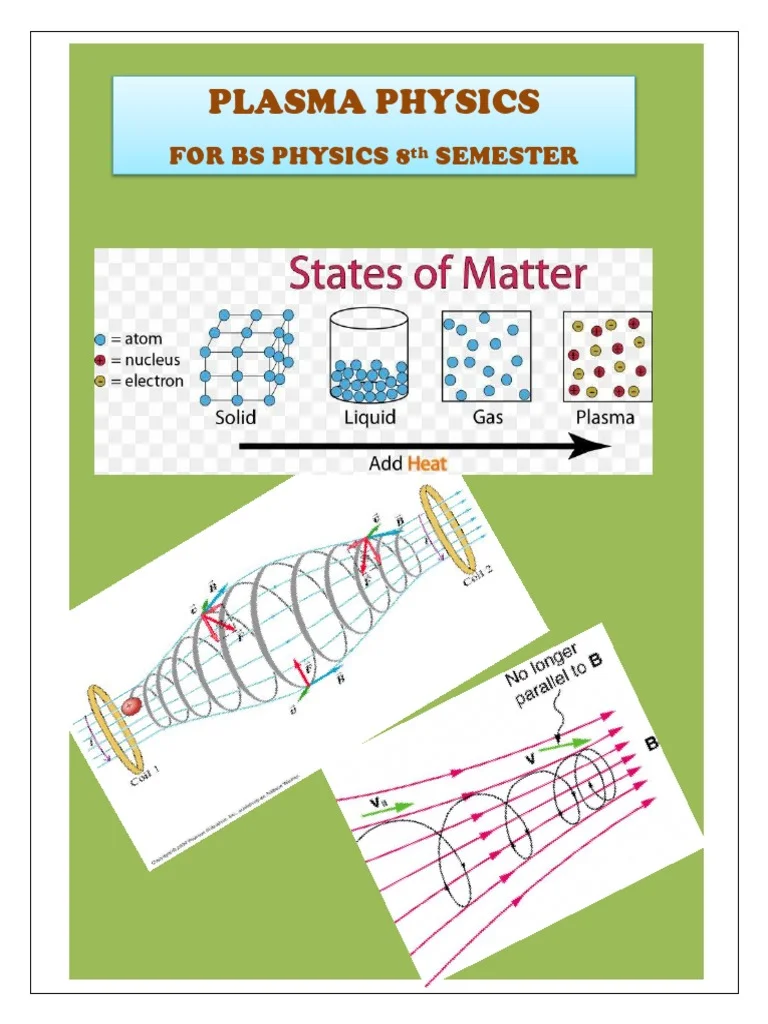So let me get this straight. While I was trying to figure out why my Wi-Fi router needs to be rebooted twice a day, a bunch of scientists at Berkeley Lab built a foot-long box that shoots "muon beams" capable of looking through hundreds of meters of solid rock. They're using it to find secret rooms in the Great Pyramid of Giza. A lunchbox-sized ghost detector.
Meanwhile, across the Pacific, China is methodically building an "artificial sun" in a glorified warehouse, trying to bottle fusion—the literal power source of the stars—with a target date of 2050 for commercial power.
And in some guy's workshop, a YouTuber named [Jornt] had to invent a whole new CNC machine just to cut metal tubes properly because, apparently, in the year of our lord 2025, sticking two pipes together to build a go-kart is still a colossal pain in the ass.
Something feels... off.
The God-Tier Tech We Apparently Have Now
You have to hand it to the Berkeley crew. For decades, if you wanted to do this kind of high-tech imaging, you had to rely on cosmic rays—the universe randomly spitting out muons and hoping you caught enough of them. It took months to get a blurry picture. These guys just built a Compact laser-plasma accelerator can generate muons on demand for imaging you could probably fit in a carry-on bag. It generates a directional beam of these things, cutting exposure time from months to minutes.
This is straight out of science fiction. It’s a tricorder. It’s the kind of tech that should fundamentally change everything from geology and archaeology to shipping container inspection. But will it? Are we ever going to see this in a hospital, or is it destined to become another cool toy for government agencies to peer through walls? I'm betting on the latter. History shows that game-changing tech rarely trickles down to us regular folks in its pure, useful form. Instead, we get a watered-down version ten years later that's mostly designed to sell us more stuff.

Then you’ve got the fusion dream. China’s EAST tokamak is one of several massive global projects trying to crack the code. They talk about heating plasma to 100 million degrees Celsius—six or seven times hotter than the sun's core. They talk about "burning plasma experiments" and "demonstration reactors." It's awe-inspiring stuff, offcourse. It’s also the same promise we’ve been hearing for my entire life. Fusion has been "30 years away" since the 1970s.
Huang Mei, one of their chief scientists, says, "according to China's fusion roadmap, commercial fusion power generation is expected around 2050." It's said with such confidence, too. But 2050? Seriously? What happens when one of those "significant engineering hurdles," like materials that don't vaporize or a stable magnetic field, turns into a ten-year dead end? They're talking about commercial reactors and demonstration reactors and... I don't know, it just feels like goalposts on a field that keeps getting longer. Maybe I'm just the crazy one here, but I'll believe it when my electric bill goes down, not when a government official gives a confident speech at a conference.
Back Down to Earth, Where Things Actually Get Built
And that brings me to this Standalone CNC Tube Cutter/Notcher Does It With Plasma. This, right here, is where the rubber meets the road. While nations pour billions into chasing the sun, some guy named [Jornt] is in his garage tackling a problem that thousands of actual builders, fabricators, and hobbyists face every single day: making two round tubes fit together snugly so you can weld them. It ain't glamorous. There are no press conferences.
He built a compact, three-axis plasma cutter that automates a tedious, time-sucking process. It’s a brilliant piece of engineering. No, 'brilliant' doesn't cover it—it’s the kind of practical, problem-solving genius that actually changes things for the guy in the garage. This is the kind of innovation that lets a small team build a better race car or a more efficient bicycle frame. This is the stuff that moves the needle in the real world, not just in a government-funded lab.
And what’s his reward? He has to sell the plans. He can't just release it to the world because, as the article puts it, "the warm fuzzy feeling you get with a GPL license doesn’t contain many calories." It's the perfect, cynical summary of our entire tech landscape. We have physicists creating subatomic particles on demand, but the guy who solves a real-world manufacturing problem has to hustle to make rent. It’s a disconnect so vast you could fly a starship through it.
It reminds me of trying to fix my own damn lawnmower last summer. I'm watching videos of robots performing surgery on YouTube, and I'm out in the yard with a wrench, covered in grease, because a single proprietary bolt has stripped and the manufacturer doesn't sell replacements. We live in an age of technological miracles and designed-to-fail garbage, all at the same time.
So We Get Miracles, Just Not the Ones We Need
Let's be real. I'm glad someone is figuring out how to power the planet with a tiny star and see through mountains. That's great. But it feels like we're acing the final exam while flunking basic arithmetic. We're developing these god-level technologies in sterile labs, completely detached from the frustrating, gritty reality of the world most of us live in. A world where things break, where simple tasks are needlessly complex, and where the most profound innovation you might see all year is a clever hack from a guy in a garage who was just tired of dealing with a stupid problem. I'll get excited when the genius that goes into a muon accelerator finally gets applied to making a toaster that lasts more than two years. Until then, this all just feels like a magic show happening in another country.









